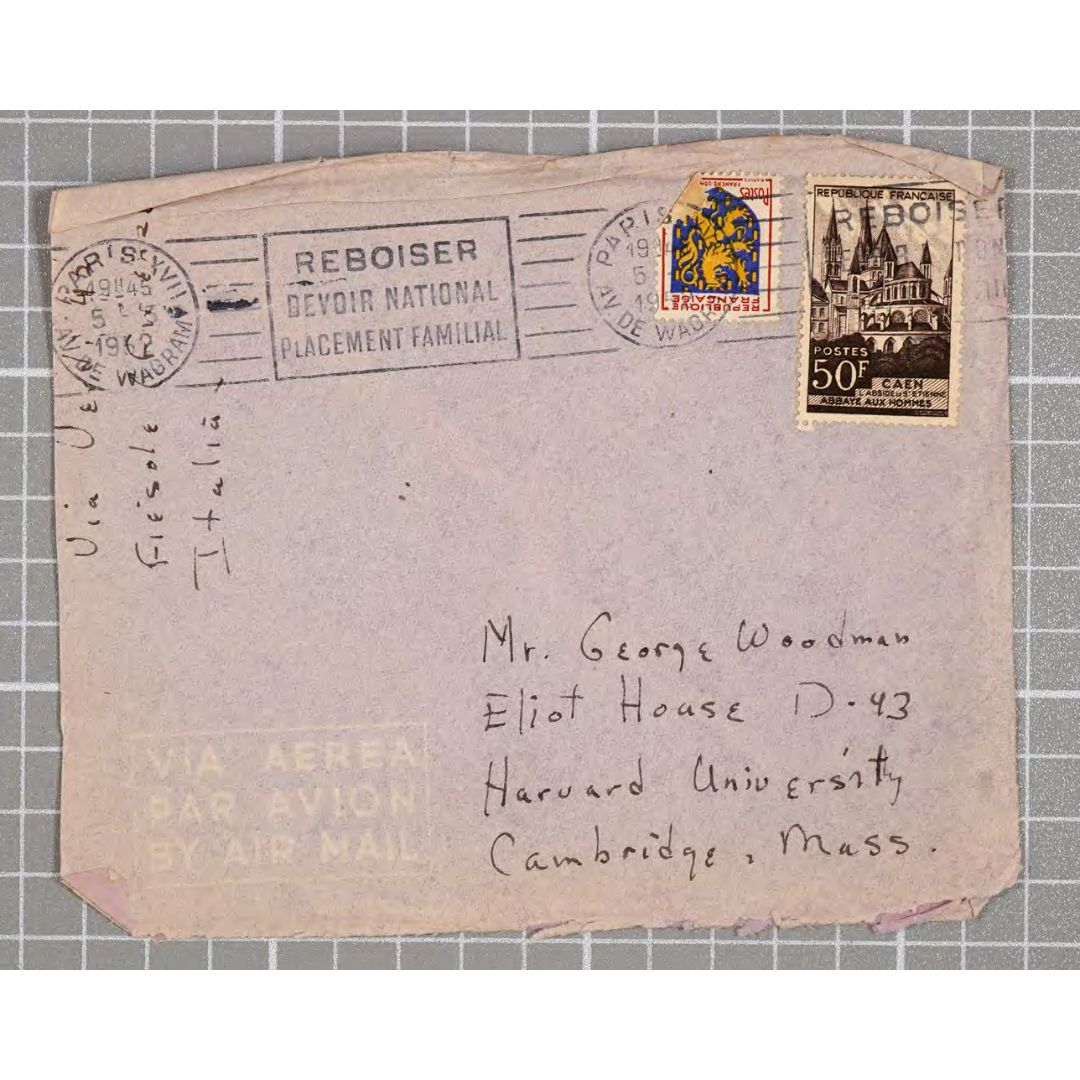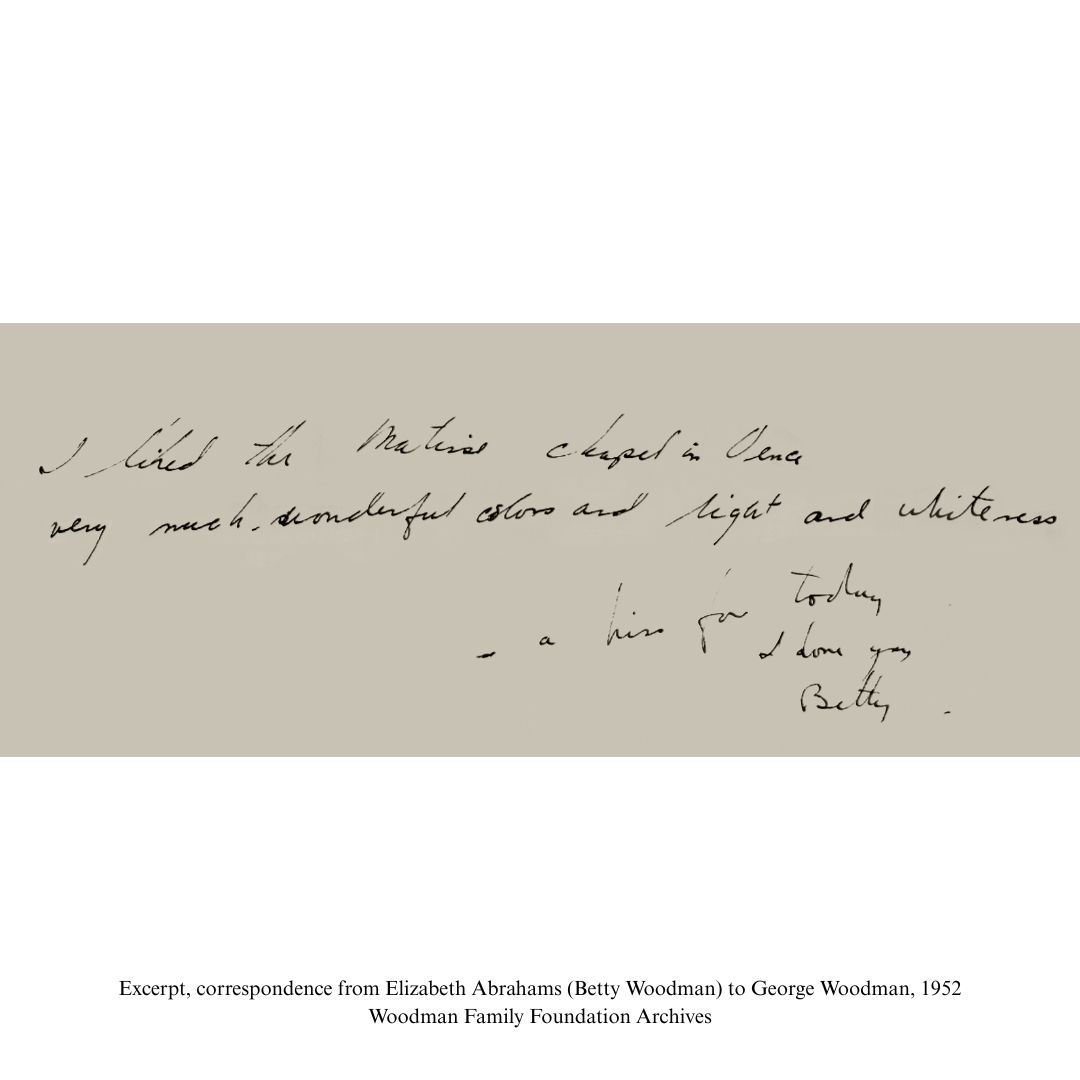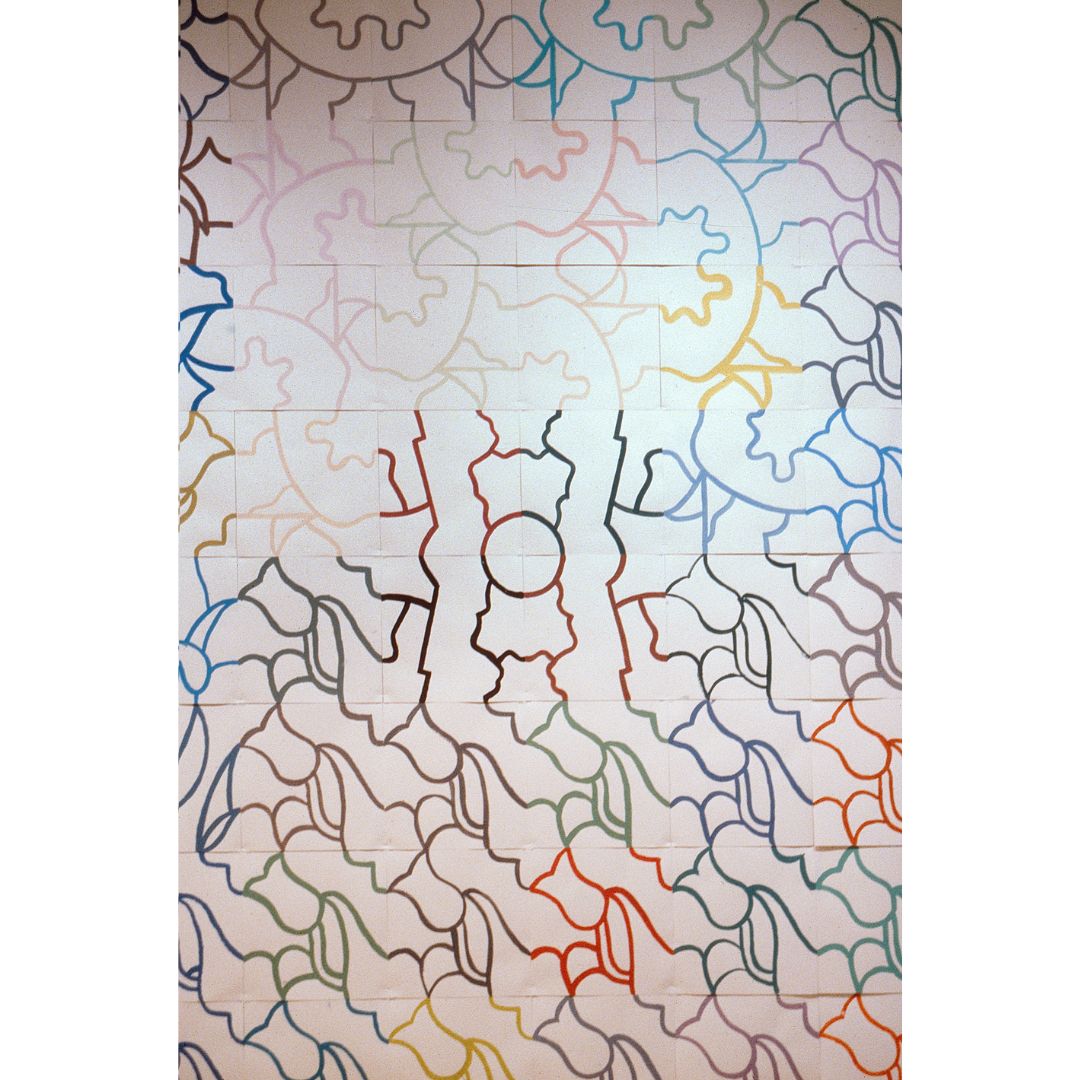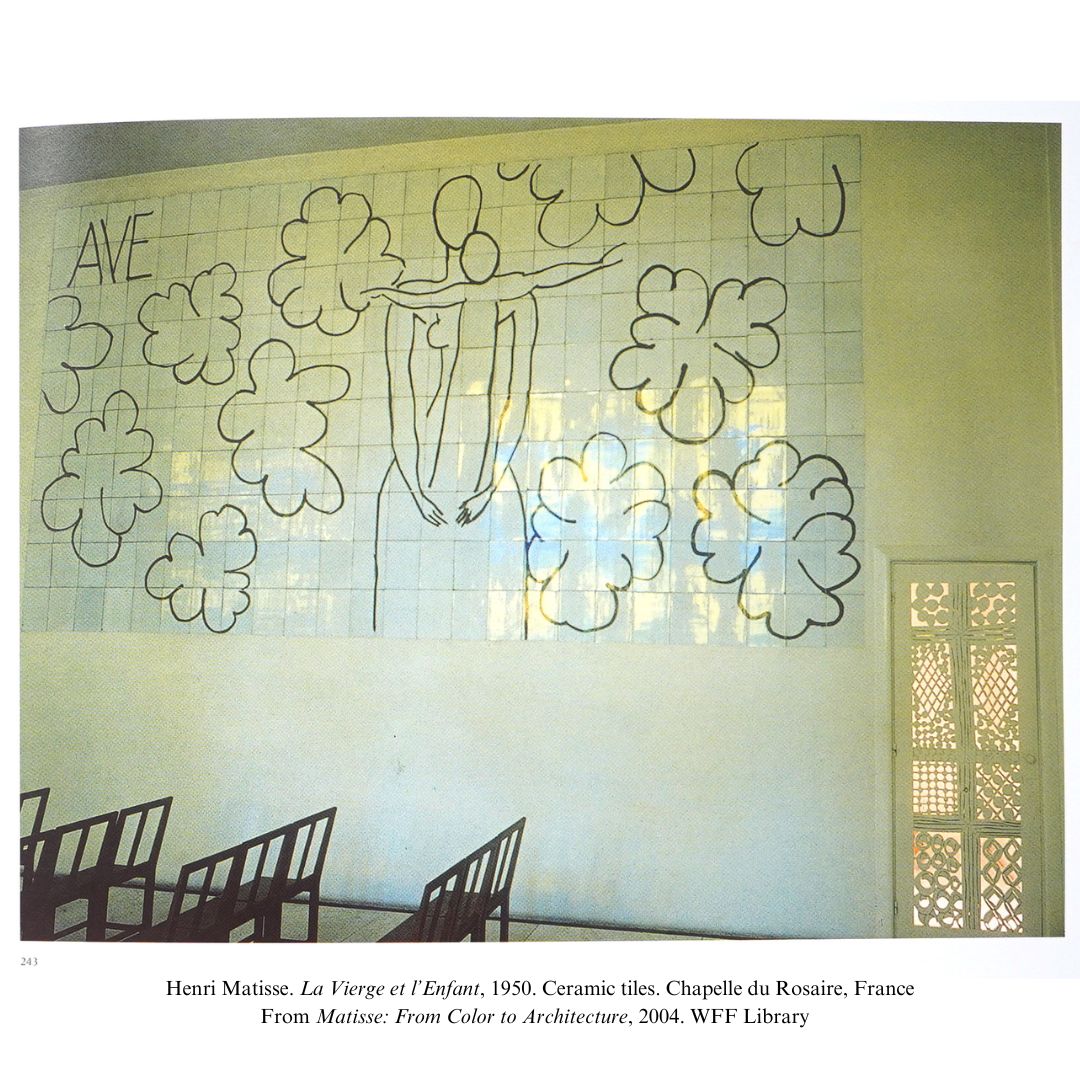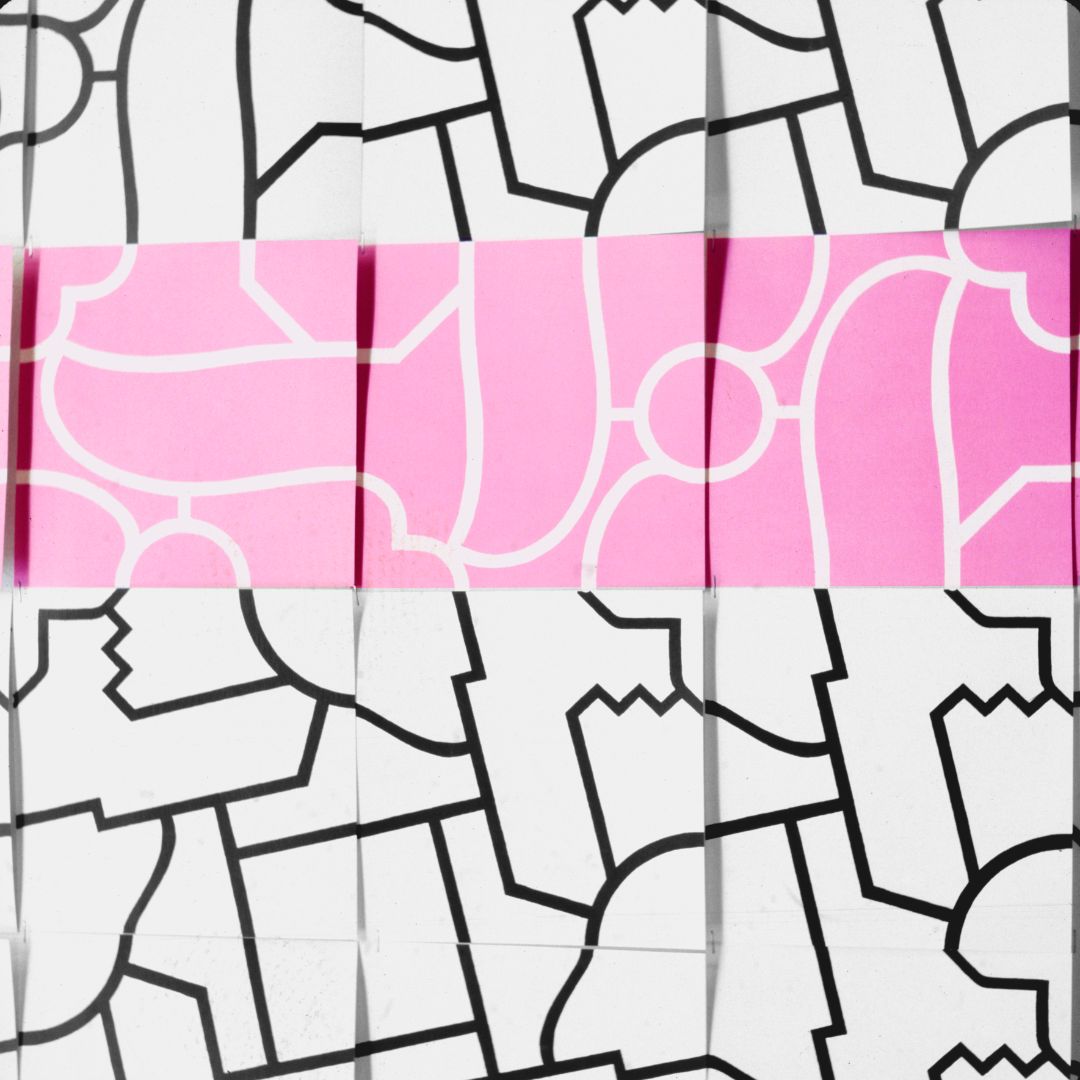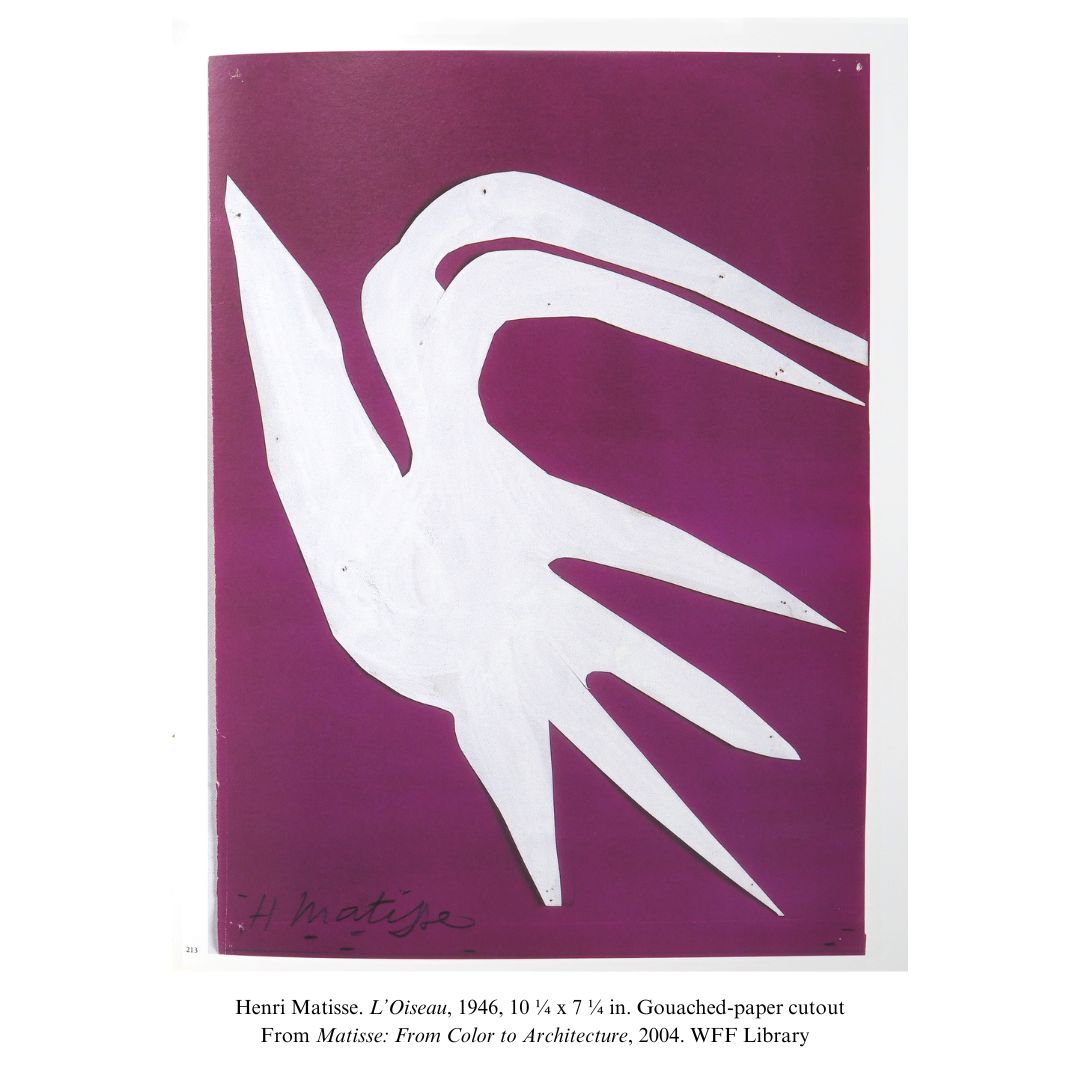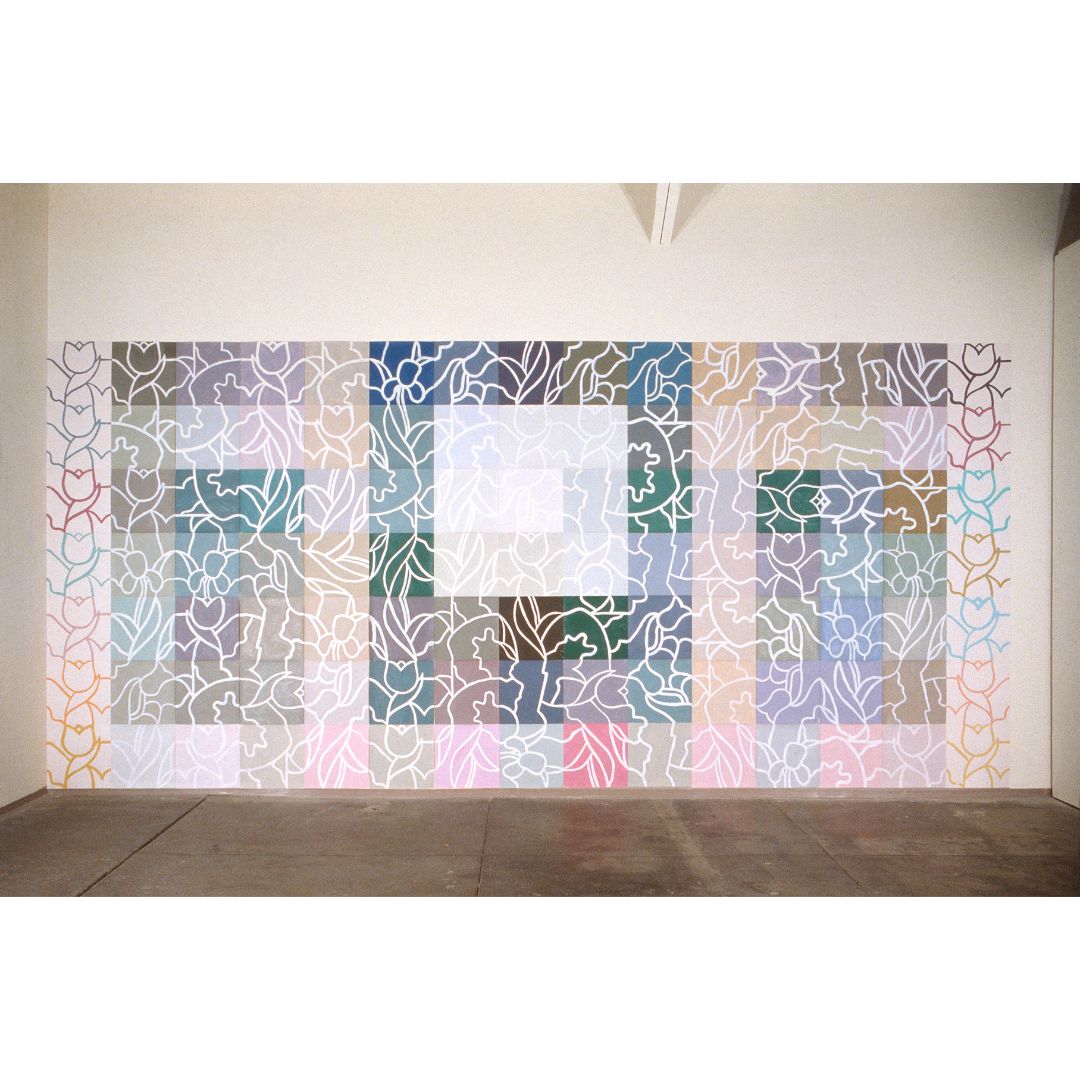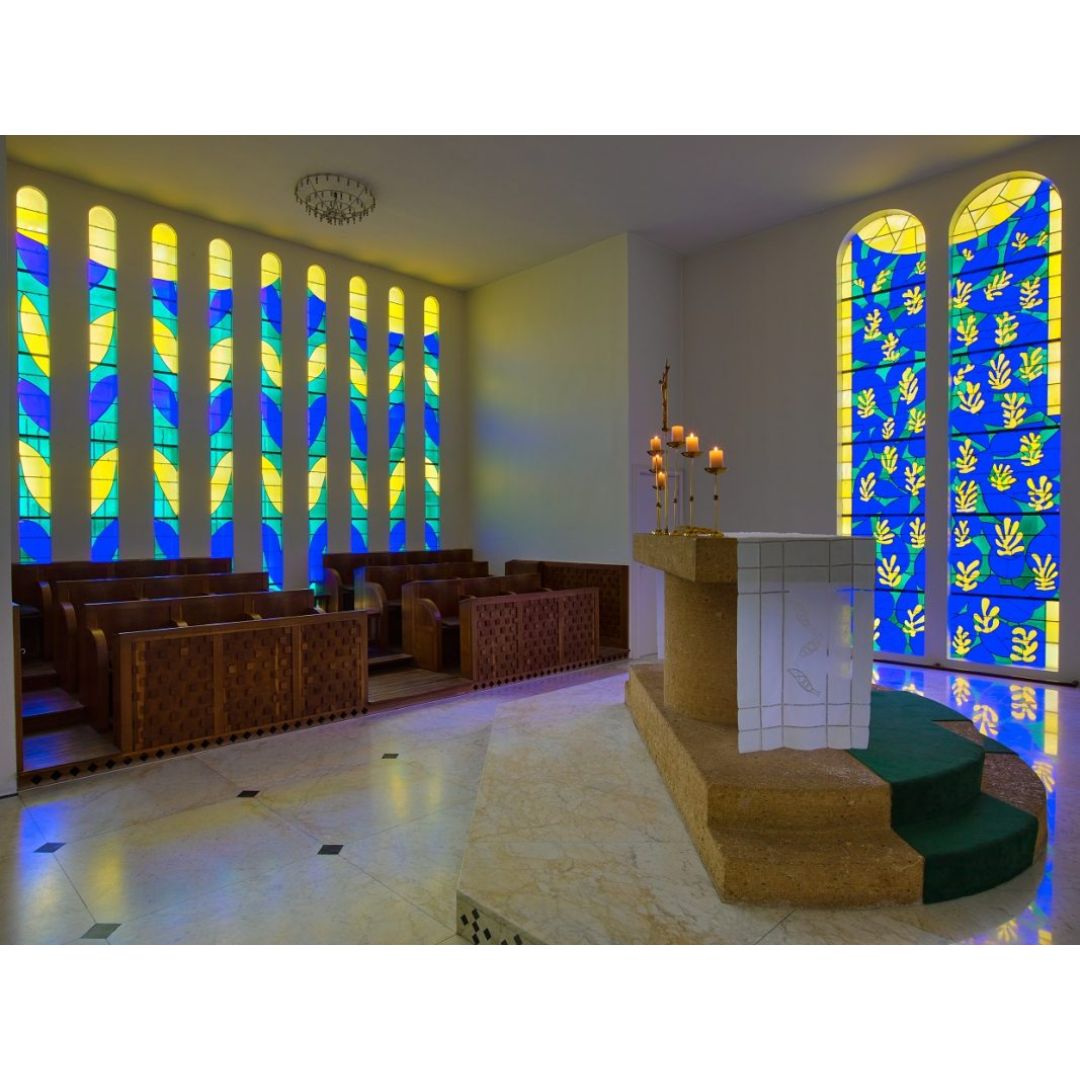Tags:
From the Archives
.jpg)
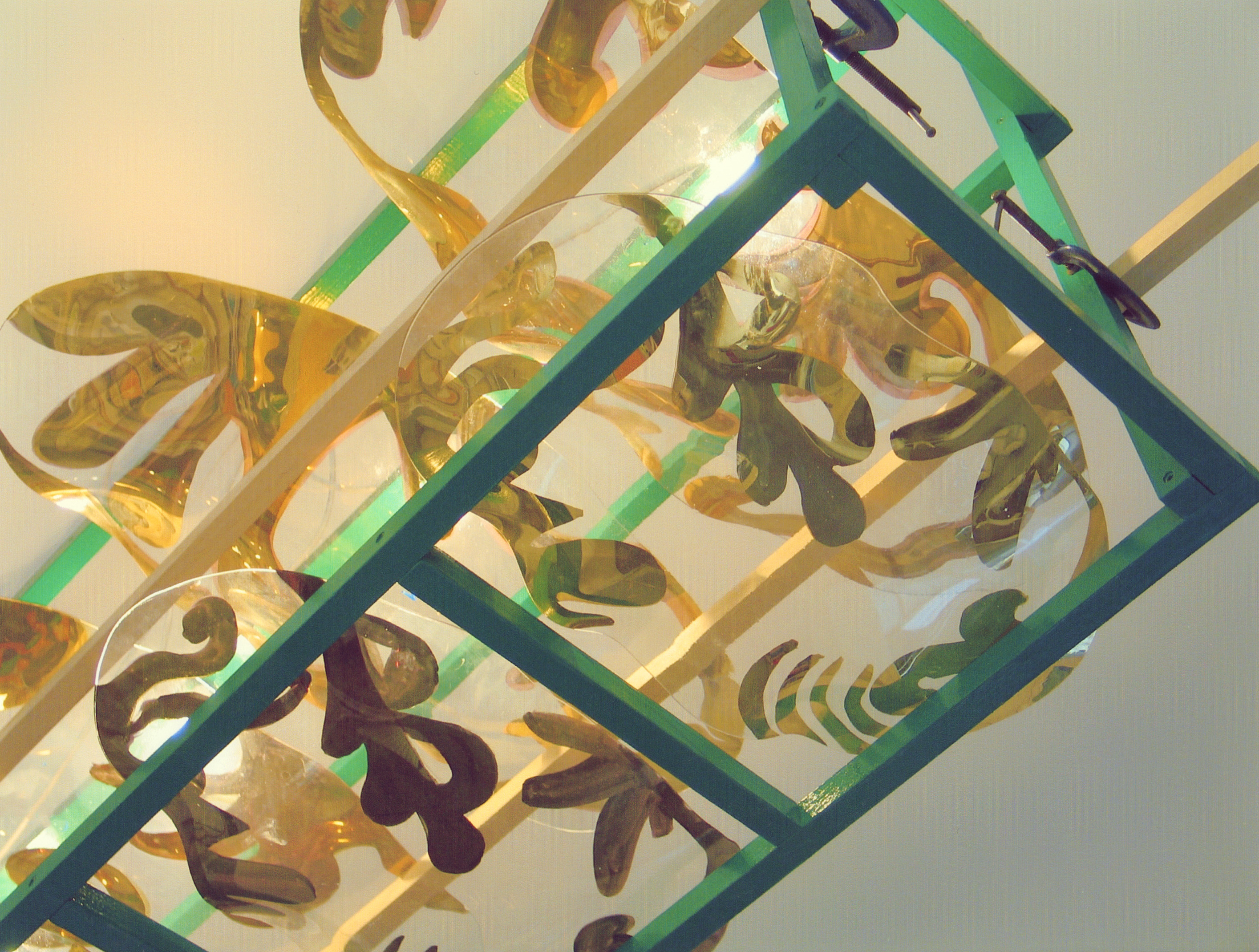
Betty Woodman's creative process was deeply informed by travel and she often returned home with ideas sparked by experiences working abroad, drawing inspiration from the techniques she encountered during residencies. An example of these influences is Woodman’s pursuit of the radiant gold that appears throughout her work.
Read MoreTireless advocate and patron saint of art and social justice. Devoted friend and supporter to so many artists, curators, and institutions, including Betty Woodman and George Woodman and many of our Board members. Equity-focused creator of Studio in a School and the Studio Institute, whose summer interns we've been fortunate to host for many years.
Read More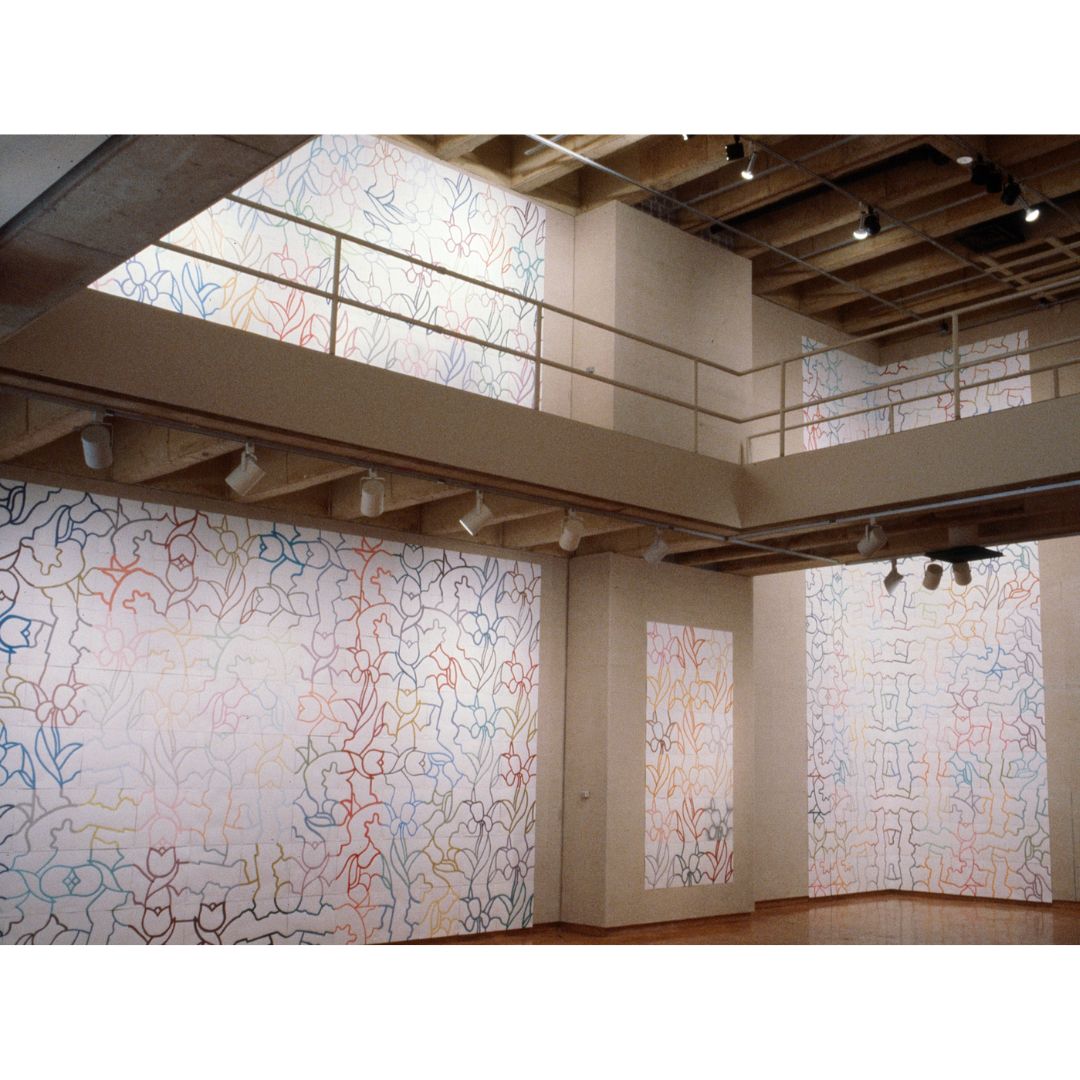
Matisse’s influence on the Woodman family is evident not only in the joie de vivre and cut-out forms of Betty Woodman’s ceramic sculptures, but also in the architectural sensibilities that inform both her and George Woodman’s work. George’s site-specific paper tile installations, in particular, invite comparison to Matisse’s Chapelle du Rosaire—not through direct lineage, but through a shared devotion to formal clarity, and the transformative potential of scale and repetition.
Read More

Happy anniversary to Betty and George Woodman, who married on this day in 1953.
Read More
In 1987, three years after his first ceramic tile public commission for Buffalo Metro Rail, New York, George Woodman realized an installation for the Detroit People Mover’s Renaissance Center station. A firm believer in public art, he sought to create a work that does more than simply impress at first glance but rather brings life to being in the station for commuters using the system daily.
Read More
Happy birthday to Betty Woodman, born on this day in 1930. Known for her bold and exuberant colors in both art and self presentation, she is pictured here playfully dressed like her own sculpture “Roman Windows,” draped in a vivid yellow that echoes her sunlit New York City studio.
Read More
By 1977, George Woodman’s tessellation paintings became non-periodic or aperiodic, consisting of a set of shapes which tiled the canvas but did not necessarily repeat.
Read More
By the mid-70s, George Woodman’s singular approach to pattern painting—as harmony between color and form—was well established and recognized among artists and critics alike. Woodman’s canvases were part of the larger zeitgeist around pattern in the art of this period.
Read More
George Woodman’s tessellated pattern paintings built upon observations made in the three-dimensional realm of architecture, specifically in the tiled surfaces that covered walls and floors as they emerged from and receded into space.
Read More
Tessellations are a type of pattern in which one or more geometric shapes are repeated—and often rotated and reflected—to seamlessly cover a surface. In George Woodman’s case, that surface was a canvas.
Read More
In 1965, George Woodman visited Granada, Spain to see the Alhambra, the iconic monument to Islamic architecture where geometry, ornamentation and architecture harmoniously converge in a multitude of tiled and carved surfaces.
Read More
From the fall of 1965 through the summer of 1966, George Woodman spent the year living and working near Florence, Italy. It was in this year that the presence of pattern and attention to color that characterized his earlier paintings took a definitive turn.
Read More

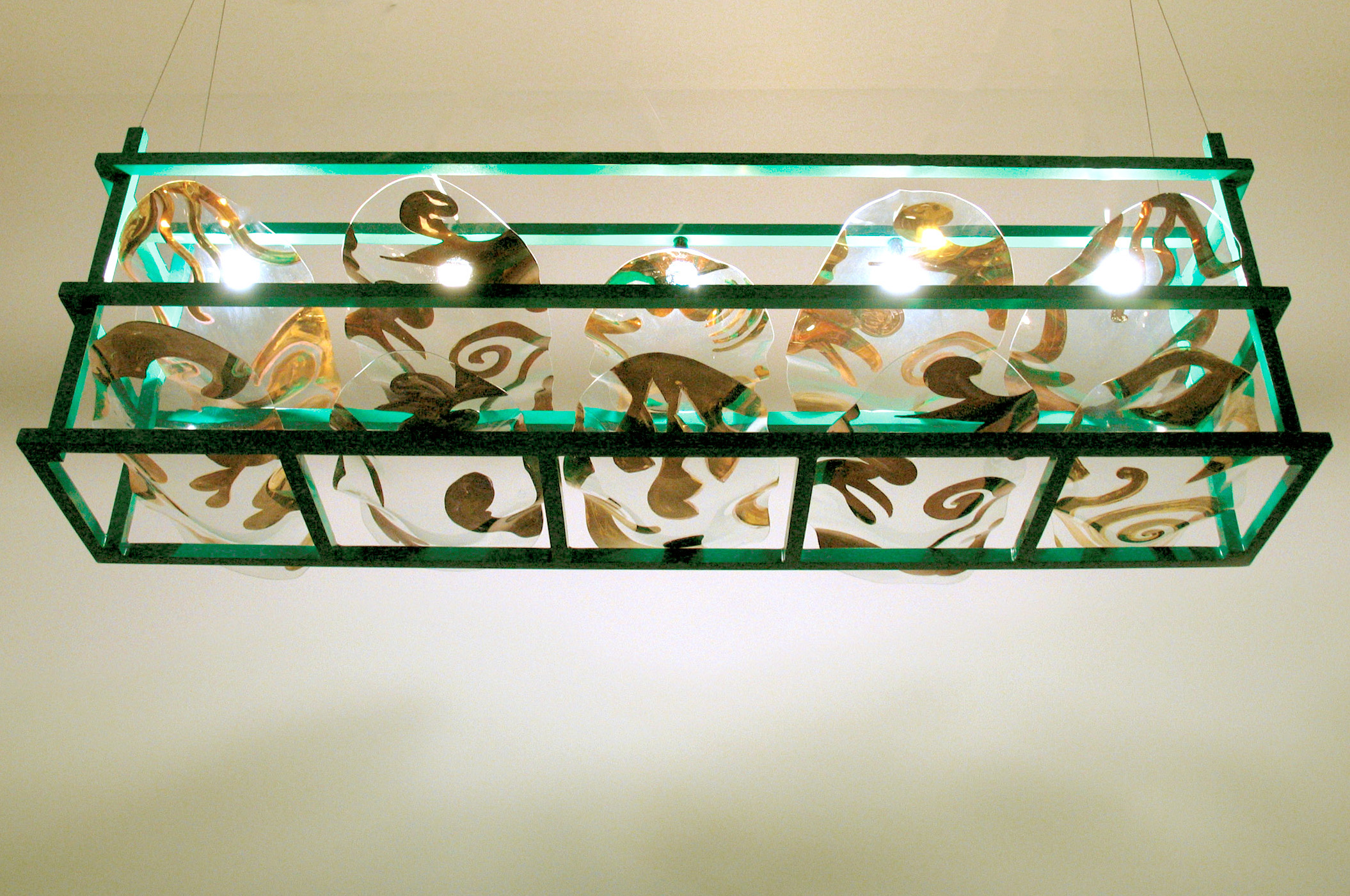
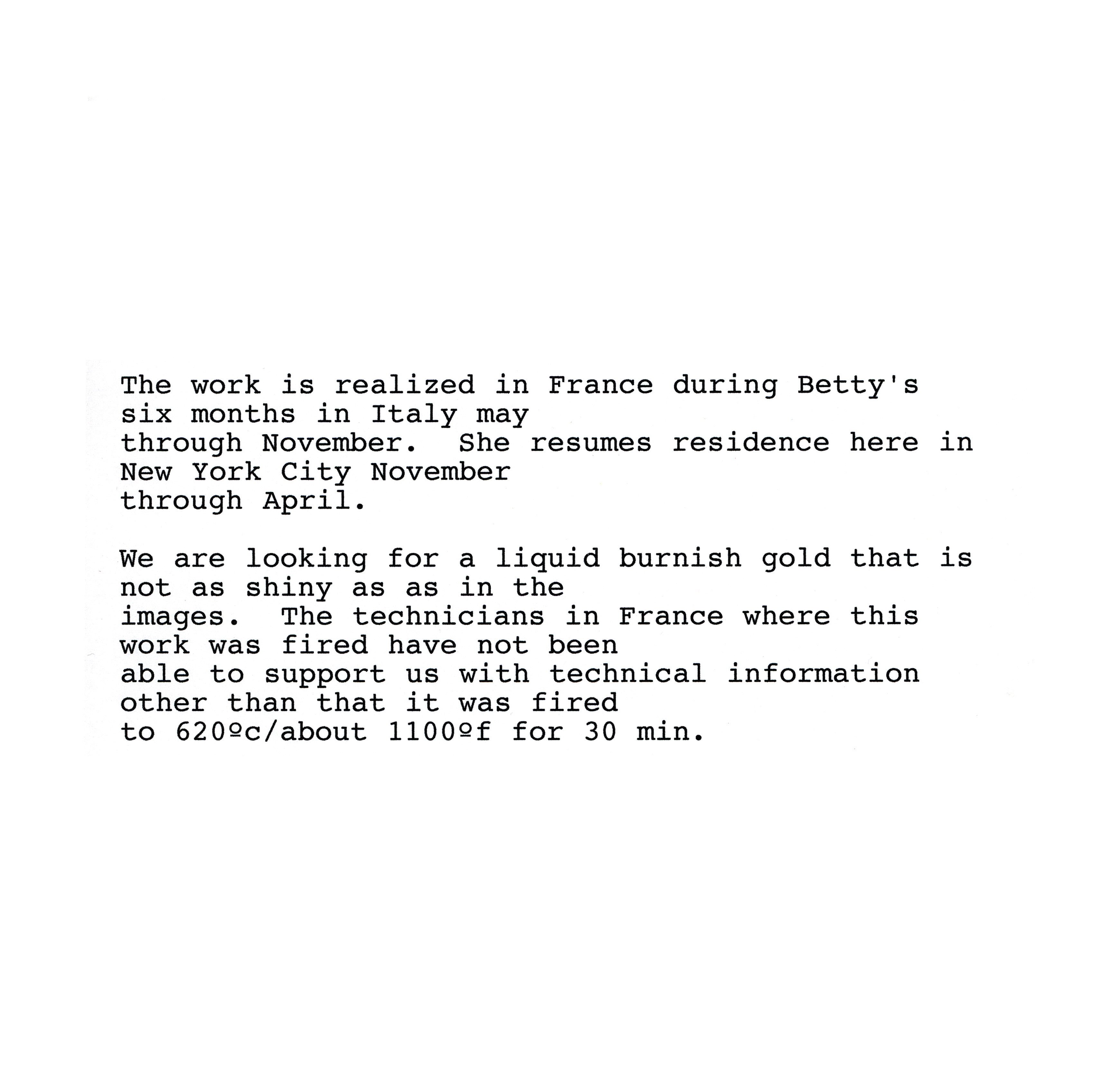

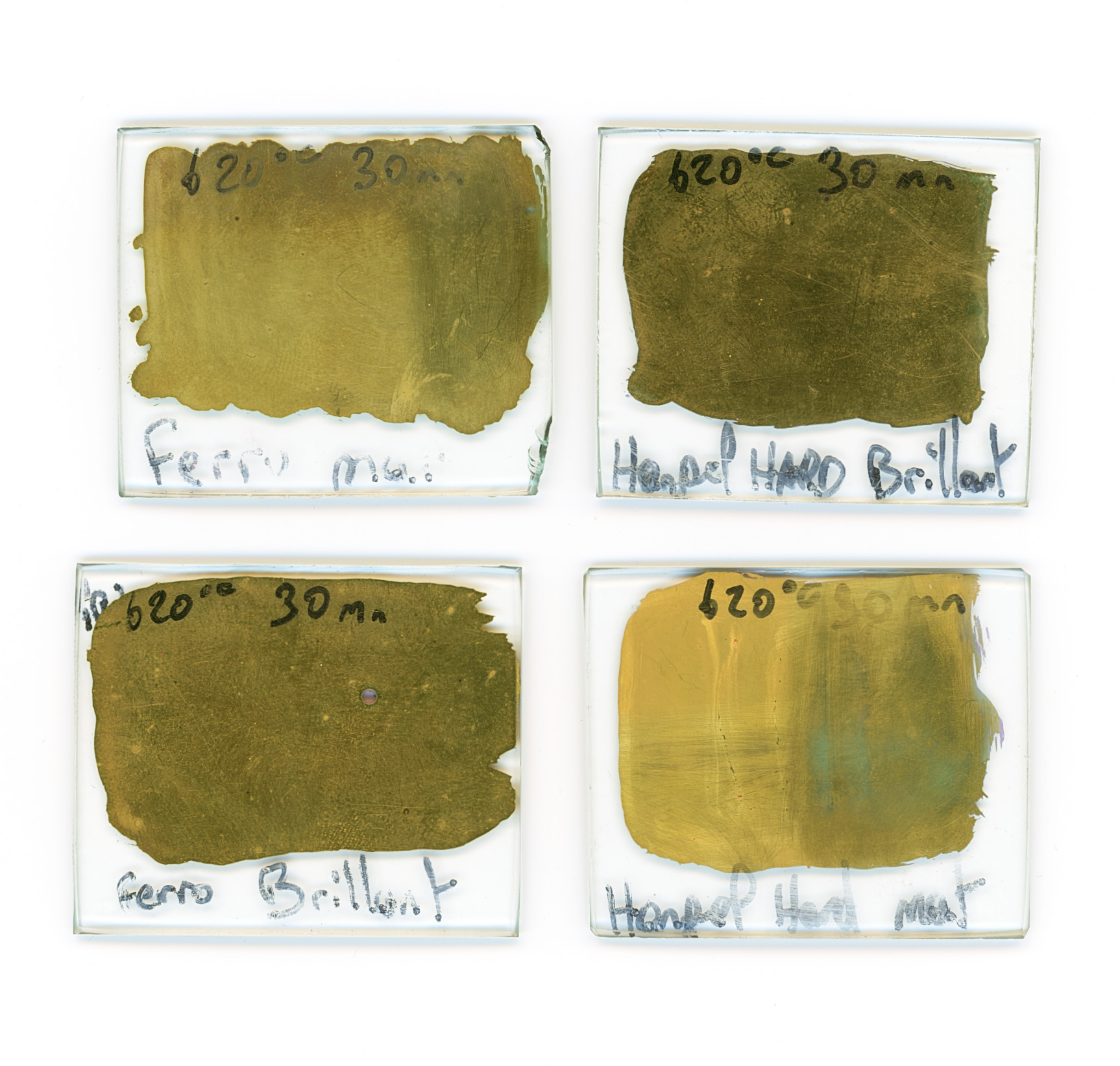
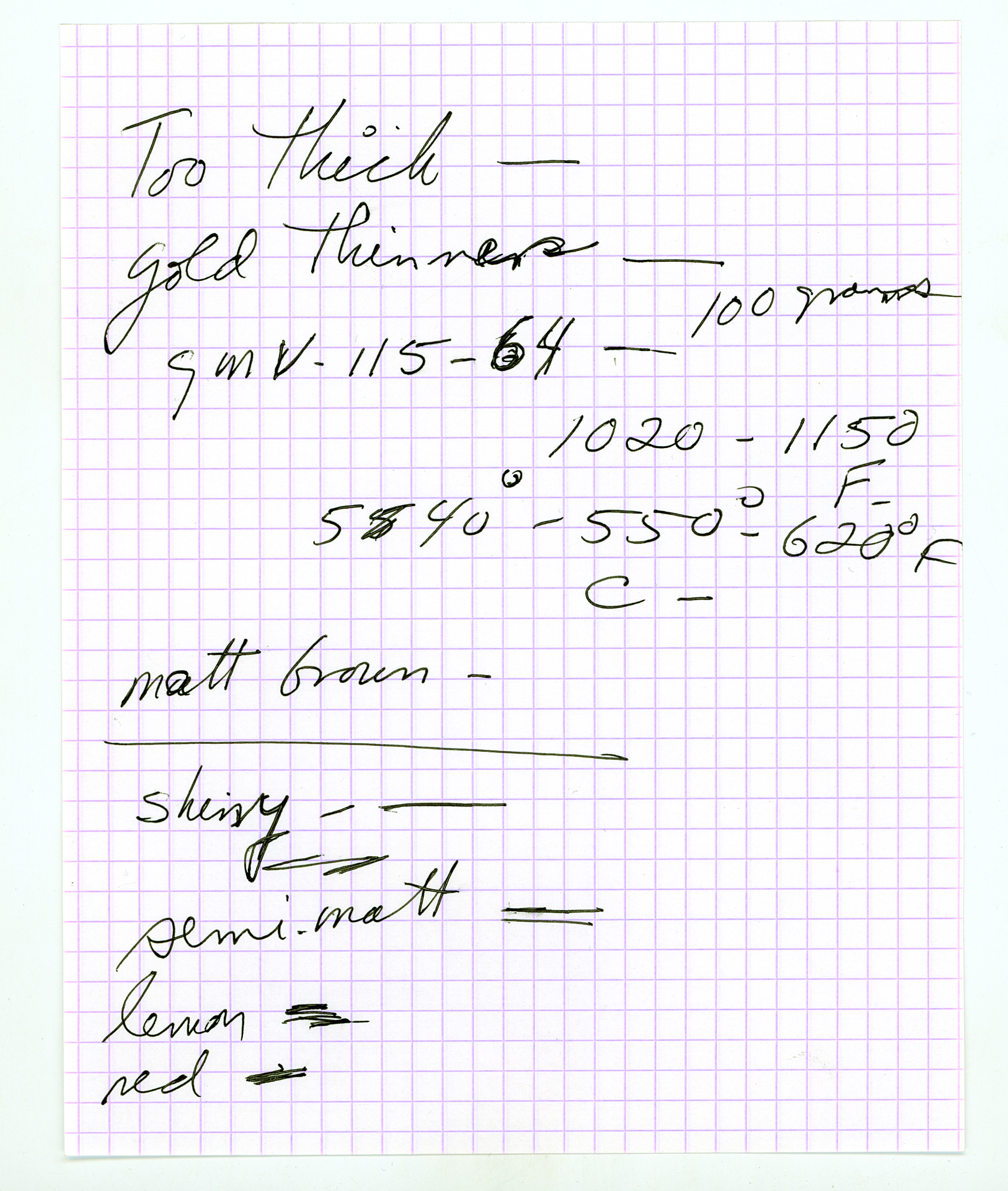

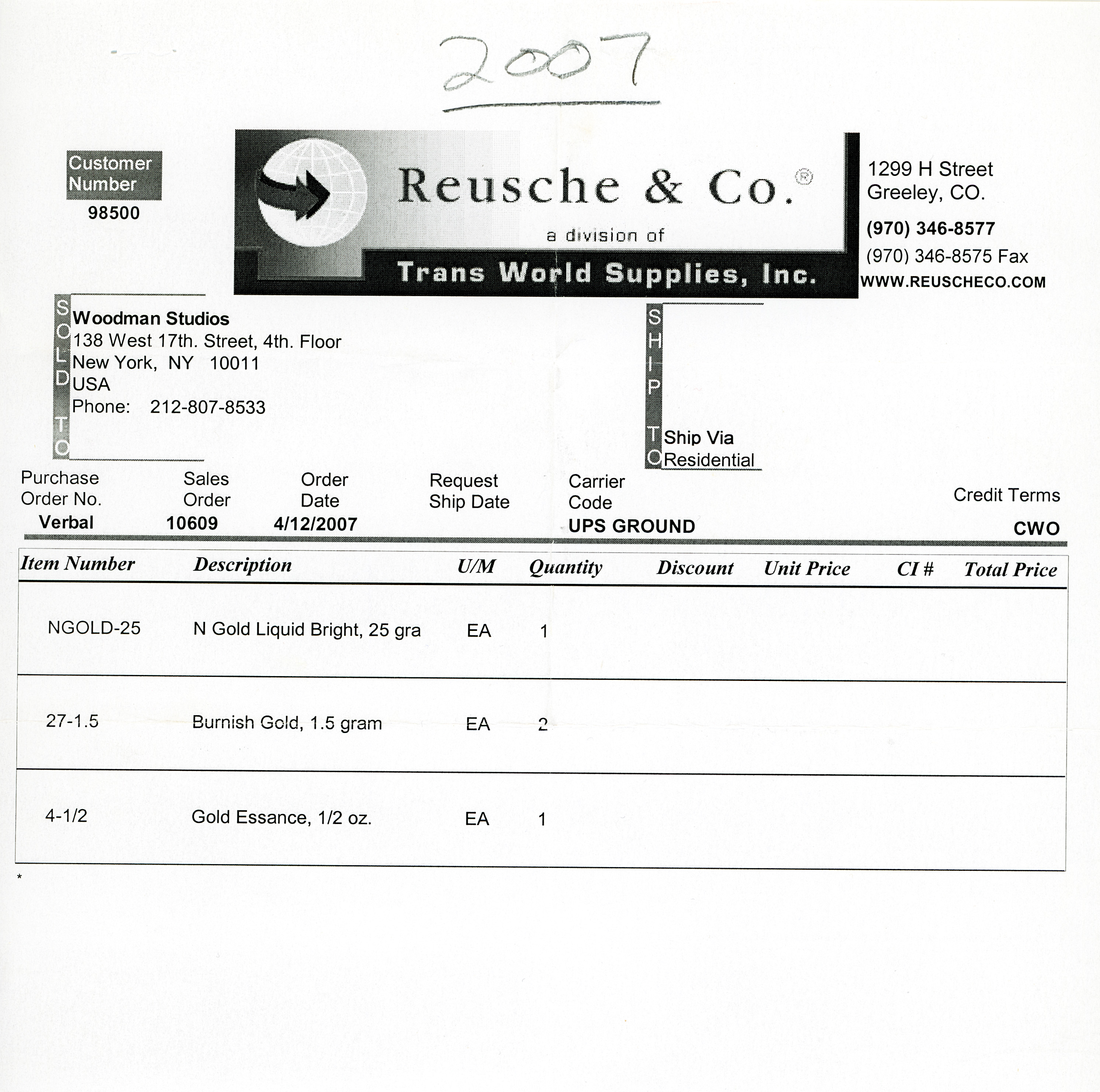
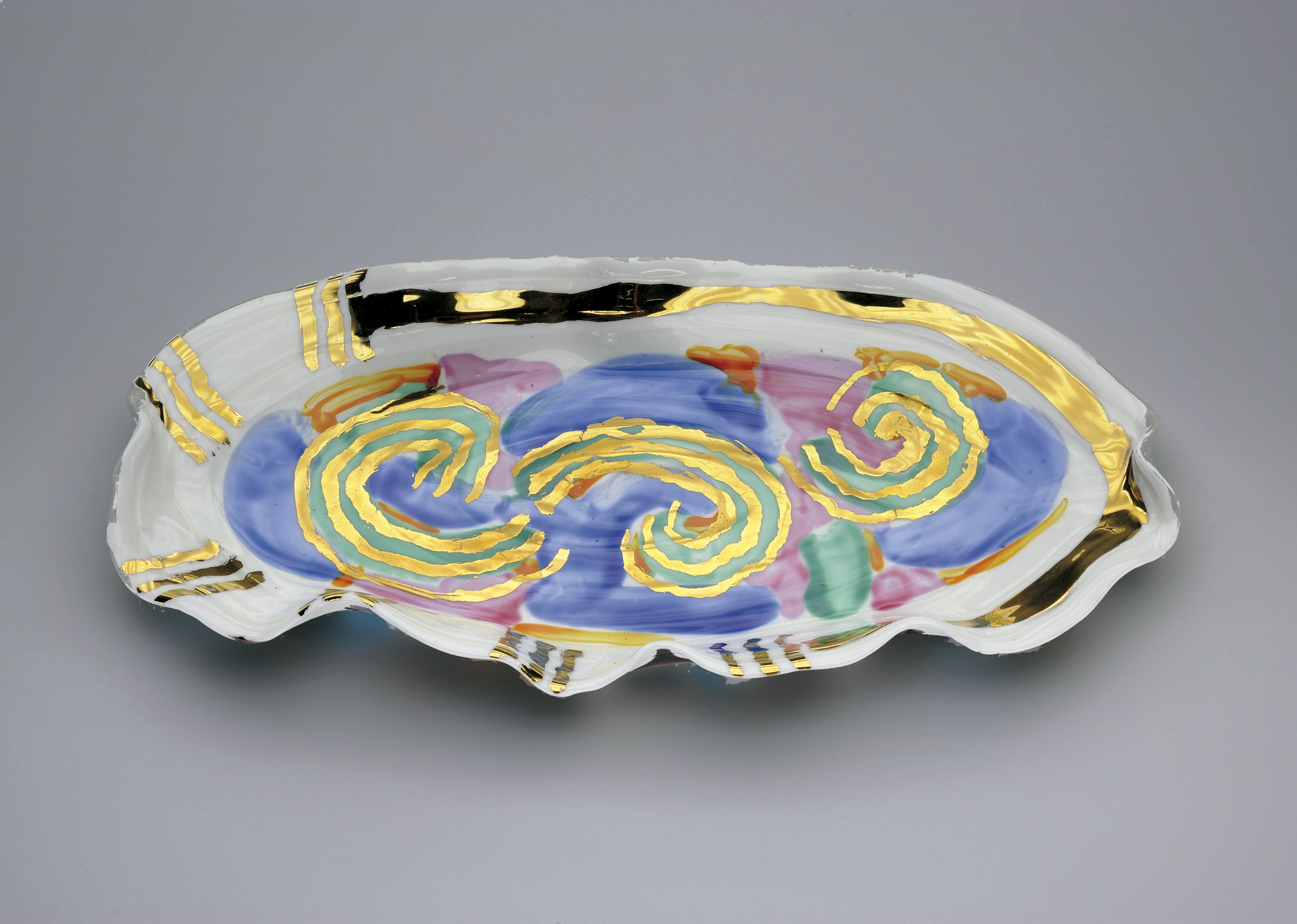
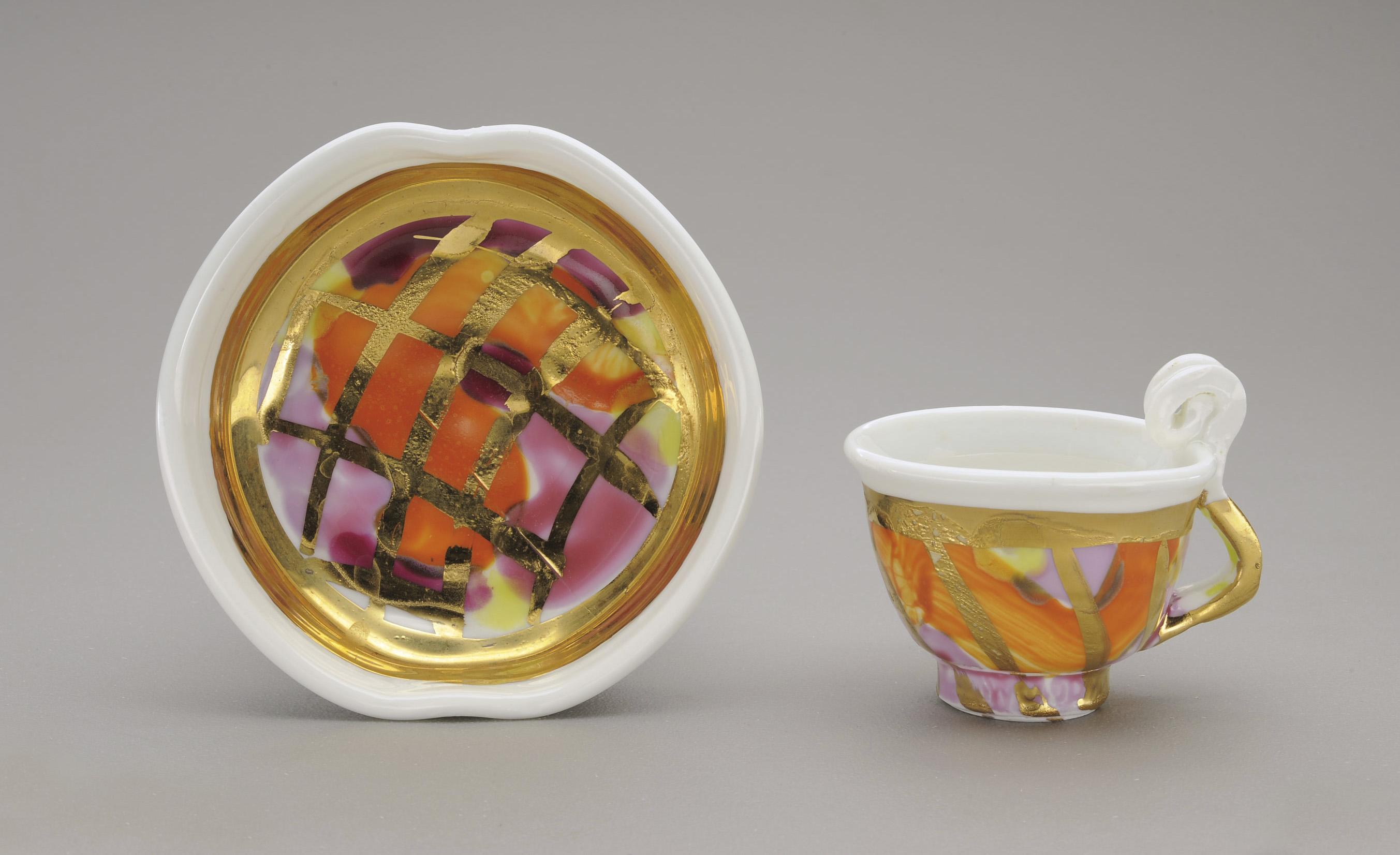
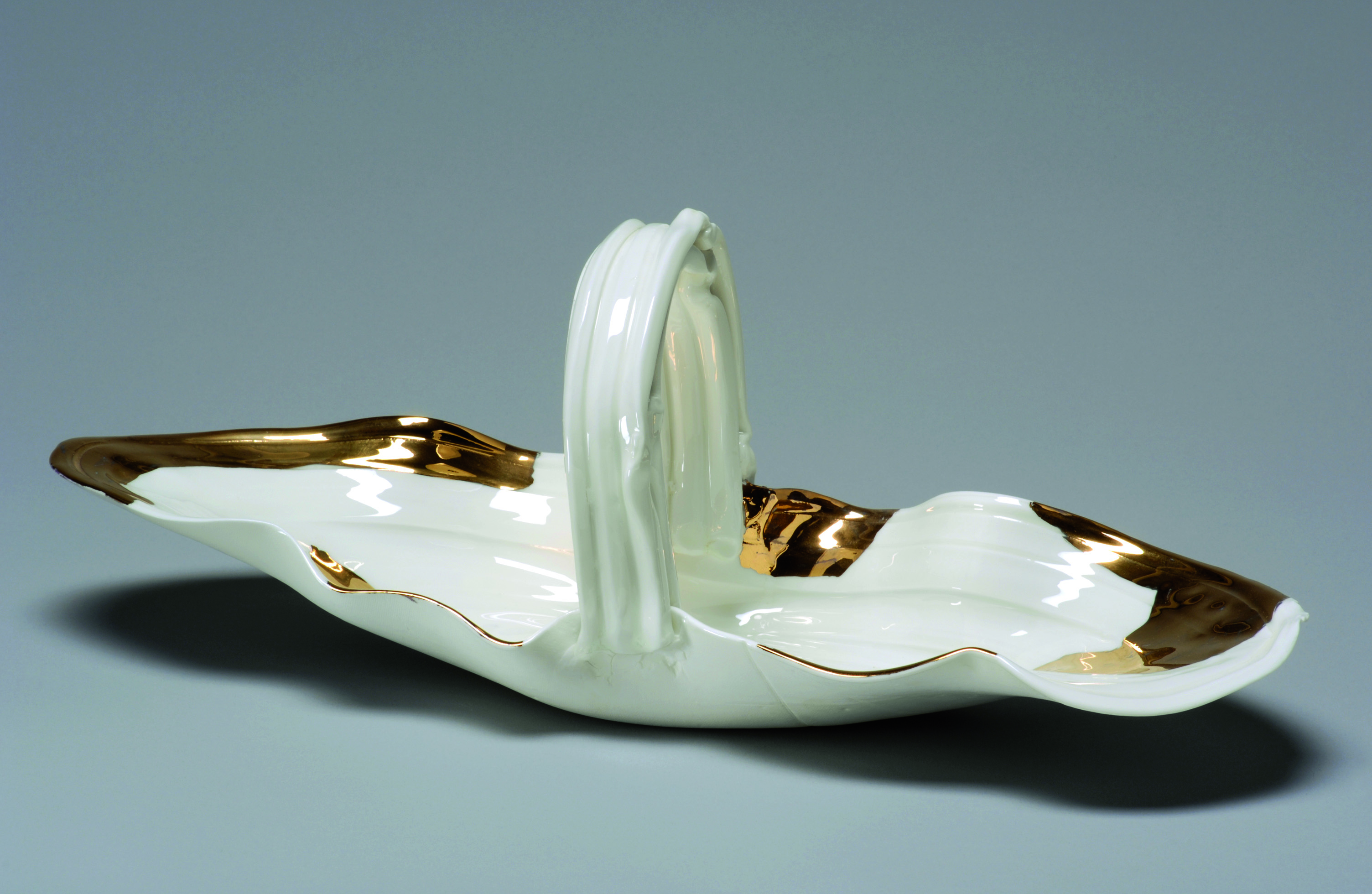

.jpg)
.jpg)
